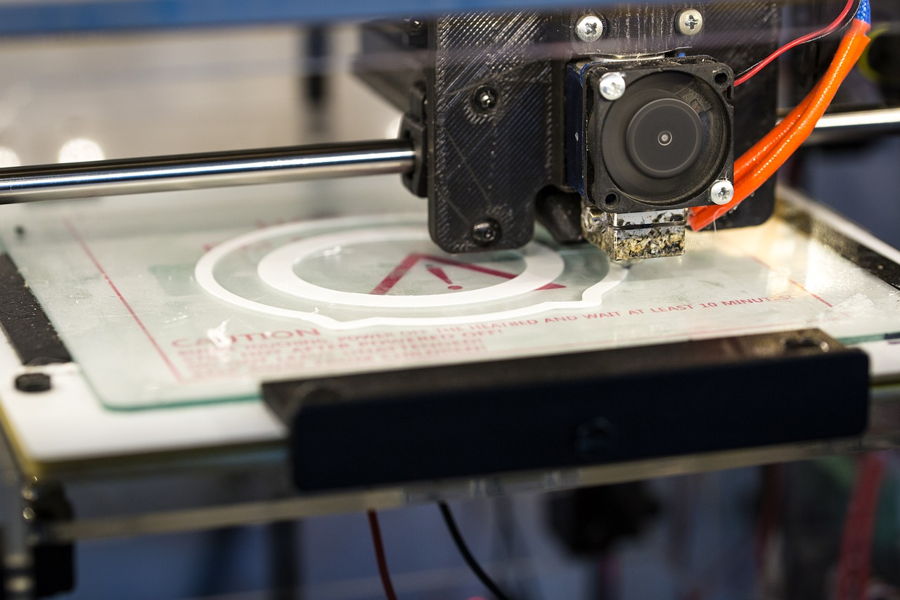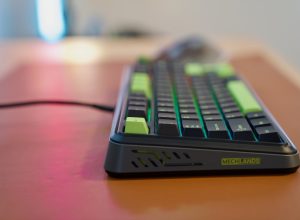In an innovative world with fast-paced production of high technology products, there is little to none left to the imagination. There are new ideas thought of from time to time. For designers and manufacturers alike, there is a challenge of producing products that not only cater to consumers’ need to upgrade but also to make sure they get only quality products. It is in this matter that prototyping comes in handy.
Prototyping is a way to see an idea of a product come alive while being able to see its full feature and usability. It is the cross between the blueprint of a product and the final ready-to-sell version. Prototyping companies build from ideas or drawn models of potential technology, turning them into functional products with real-world use cases.
Since prototyping is a crucial process in the process of innovation, there are different types of it depending on the field it is applied on or the way that it is utilized in coming up with a final product. Prototypes can come in different forms. Close to traditional is the one set on paper and a small model that represents the product in a semi-rudimentary way. In a more technologically advanced sense, some prototypes are made through 3D printing or rendered digitally.

Prototypes can be functional that the users can test full usability. It can also be for display purposes only or a scaled-representation of the real product. There is not much focus on the aesthetics of a functional prototype since the main purpose is to test function. When it comes to displays, however, the focus is on the looks instead of the function so this type can be more aesthetically pleasing to look at.
Prototypes of technologically inclined products are often a combination of function and display. These prototypes come for the purpose of testing feasibility, testing user interface, simulation of how the product can perform in the real world and testing of critical functions and database.
Prototypes are also determined based on how long they must stand usage and testing. Some types can be thrown immediately after the first showcasing, and this works well with initial stages of products. There are also the kinds that can be modified and built-on gradually to incorporate improvements and enhancement of design and function.
With all the uses of prototypes, choosing the best service is essential for innovators and designers alike. Prototyping companies that offer customized prototyping services and efficient delivery should rank high in the list of any business looking to gain a competitive advantage. They have a wide range of prototyping parts that are very much inclined to cater to demands of creating prototypes of different kinds and can manage high volume orders.
Prototyping is a great way not only to present a product in its initial phase but also a way to improve the product as it is seen in its 3D form or real-world performance. This then requires a service that can help optimize the design and can incorporate modifications easily and since this is an age of fast-paced production and upgrade, choosing a rapid prototyping service that boasts flexibility and efficiency is a must.
Disclosure: We might earn commission from qualifying purchases. The commission help keep the rest of my content free, so thank you!



